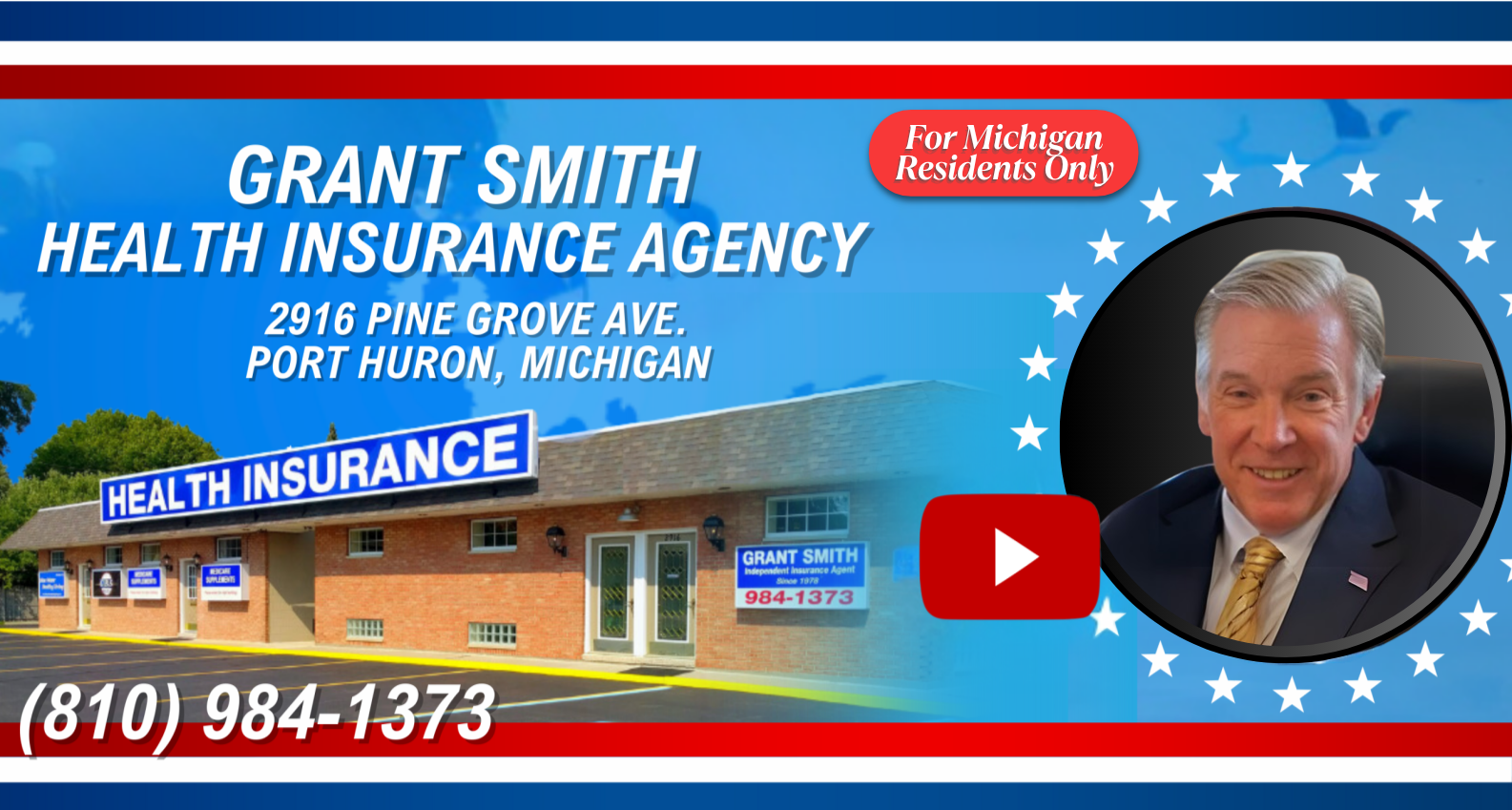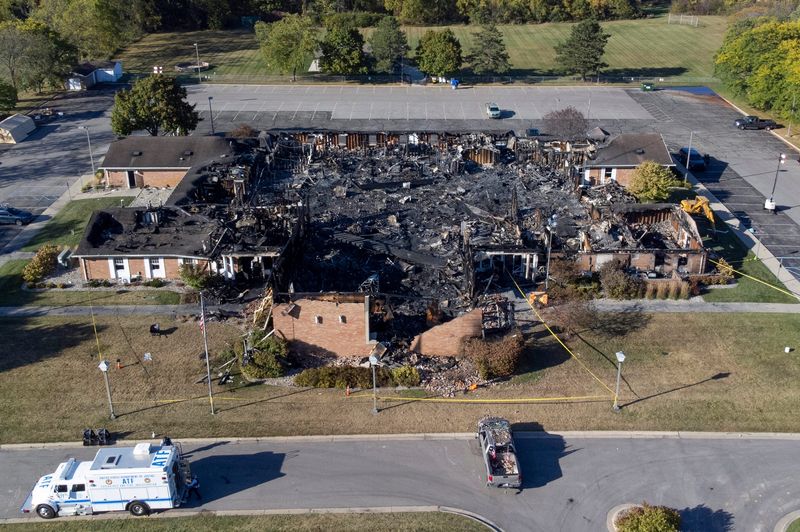Could protective barriers have saved lives on Sunday, Sept. 28, at the church in Grand Blanc Township?
A group that has analyzed tens of thousands of cases nationwide of vehicle crashes into buildings speculated that they might have helped and urged more organizations — especially retail businesses and institutions that are vulnerable to attacks — to invest in them.

As police investigate the motive for the deadly shooting attack, metro Detroit law enforcement is stepping up security at houses of worship. In Dearborn, the chief explained that the patrols there were for protection.
And one expert has suggested that steel or concrete barriers can also help guard against deadly attacks like the one in Grand Blanc Township, as well as unintentional fatal wrecks and may even help businesses stave off plaintiff lawsuits.
Robert Reiter, the co-founder of the Storefront Safety Council, told the Free Press such barriers are a “huge defense,” because if an attacker “can’t break into a building” and has to go through an entrance, especially with a weapon, “it’s going to attract a lot of attention.”
Most people, Reiter said, are not prepared for an attacker to ram through a wall.
Witnesses and police said Thomas Jacob Sanford, a 40-year-old ex-Marine, crashed a pickup into The Church of Jesus Christ of Latter-day Saints church. Those inside were caught off guard, allowing him to shoot several people, killing four and injuring more.
It also, Reiter said, may have made it easier to set the building ablaze with an accelerant.
Reiter, who is in Colorado Springs, said there are a variety of ways to add barriers to protect buildings and the people inside, especially when the structures are close to streets and parking lots, and those gathering may be vulnerable to targeted attacks.
Barriers can give police a little more time to show up and targets time to get away.
100 crashes a day
According to the safety council, which said it has data from about 50,000 cases, and there are about 100 such crashes in America each day.
That works out, the council said, to be about 36,000 crashes a year, and of those crashes, not quite half, 45% or 16,000, result in injuries, and 8% or 2,600, end up in a fatality.
Barrier options include strategically placed trees and boulders that can stop a runaway vehicle, steel posts often called bollards and sophisticated devices, known as hostile vehicle mitigation systems, that can even pop up out of the ground.
While most of the crashes, about 90%, are unintentional, Reiter said the numbers of crashes overall seem to be growing as drivers age, use mobile phones and other auto technology and get behind the wheel intoxicated or high.
In some cases, the crashes seem to occur over and over at the same intersections.
Take a 3 a.m. crash into a small Ypsilanti building on Sept. 21.
The structure, according to news reports, was being turned into an ice cream shop. A man who was fleeing police crashed into the Michigan Avenue structure, which then started a fire. It was, the WXYZ-TV report said, the fourth crash in less than three years.
Another car hit a corner of the building in August.
And there were two other incidents, one in 2024 and another in 2023.
Target’s big, red balls
In Detroit, two cars collided on Gratiot on Sept. 6, sending one of the vehicles crashing into a restaurant, the Avenue Grill. A woman was killed, and a man had to be rushed to the hospital for treatment.
The crash not only damaged the eatery but also forced it to close for repairs.
Many gas stations use barriers to protect pumps from being accidentally or intentionally hit. Considering the constant volume of traffic and the potential danger if something collides with them, they catch fire and then explode.
Target, the Minneapolis-based retailer, uses barriers, disguised as red balls — the dot in the chain’s bullseye logo. However, many public places lack barriers because they aren’t high priorities, and experts said this makes them more vulnerable to crashes.
In May, a 67-year-old woman crashed her Ford Edge into the Swan Boat Club in Newport, about 30 miles south of Detroit. The driver, Marshella Chidester, was sentenced to 25-50 years in prison for the deaths of two young children.
Chidester had a blood alcohol level of 0.18, more than double the legal limit to drive in Michigan. Police said she tore through a club wall with her car into a child’s birthday party.
A jury found her guilty of killing Zayn Phillips, 4, and his sister, Alanah Phillips, 8.
At sentencing, Chidester said she has been thinking about what to say to her victims’ survivors for a while. She told them she was sorry, prays God will forgive her and hopes they will — and her family will — also find a way to forgive her.
More deliberate building crashes
Sometimes, high-profile — and tragic — crashes have prompted changes.
An accidental crash outside a 7-Eleven in Bensenville, Illinois, in 2017 caused a Chicago-area pedestrian to lose both his legs, but more than that, the resulting lawsuit helped illustrate the prevalence of these crashes.
In the 7-Eleven case, a driver had stepped on the gas instead of the brake and pinned a man between the car and store. The man sued, and the Irving, Texas convenience store chain settled the case for $91 million in 2023.
The plaintiff’s attorneys found that, over 15 years, 6,253 cars crashed into 7-Eleven stores, approximately one a day, according to the Security Industry Association. The chain also agreed to install barriers at its stores to help prevent vehicle crashes.
Reiter estimated the cost to purchase and put up each barrier at less than $1,000.
If a business has many feet of storefront to protect, the cost can start to add up, which may be a reason for a retailer, office or church to be hesitant to install them. Still, the cost of installing barriers may be less than structural repairs after a crash.
In the case of the Grand Blanc Township church crash, which the FBI is calling “an act of targeted violence,” the attacker was killed in a shootout with police, and authorities are still investigating his motivation.
But some who knew and spoke to Sanford said he expressed grievances against The Latter-day Saints church. One political candidate who spoke to Sanford days before the attack said that he even referred to Mormons as “the antichrist.”
Reiter speculated, based on what he sees as an increasingly angry mood and attitudes about violence, that it is plausible that more people will try to crash vehicles into buildings in the future to do damage and harm others.
Contact Frank Witsil: 313-222-5022 or fwitsil@freepress.com
This article originally appeared on Detroit Free Press: Grand Blanc Twp. church attack brings push for protective barriers at vulnerable buildings
Reporting by Frank Witsil, Detroit Free Press / Detroit Free Press
USA TODAY Network via Reuters Connect



